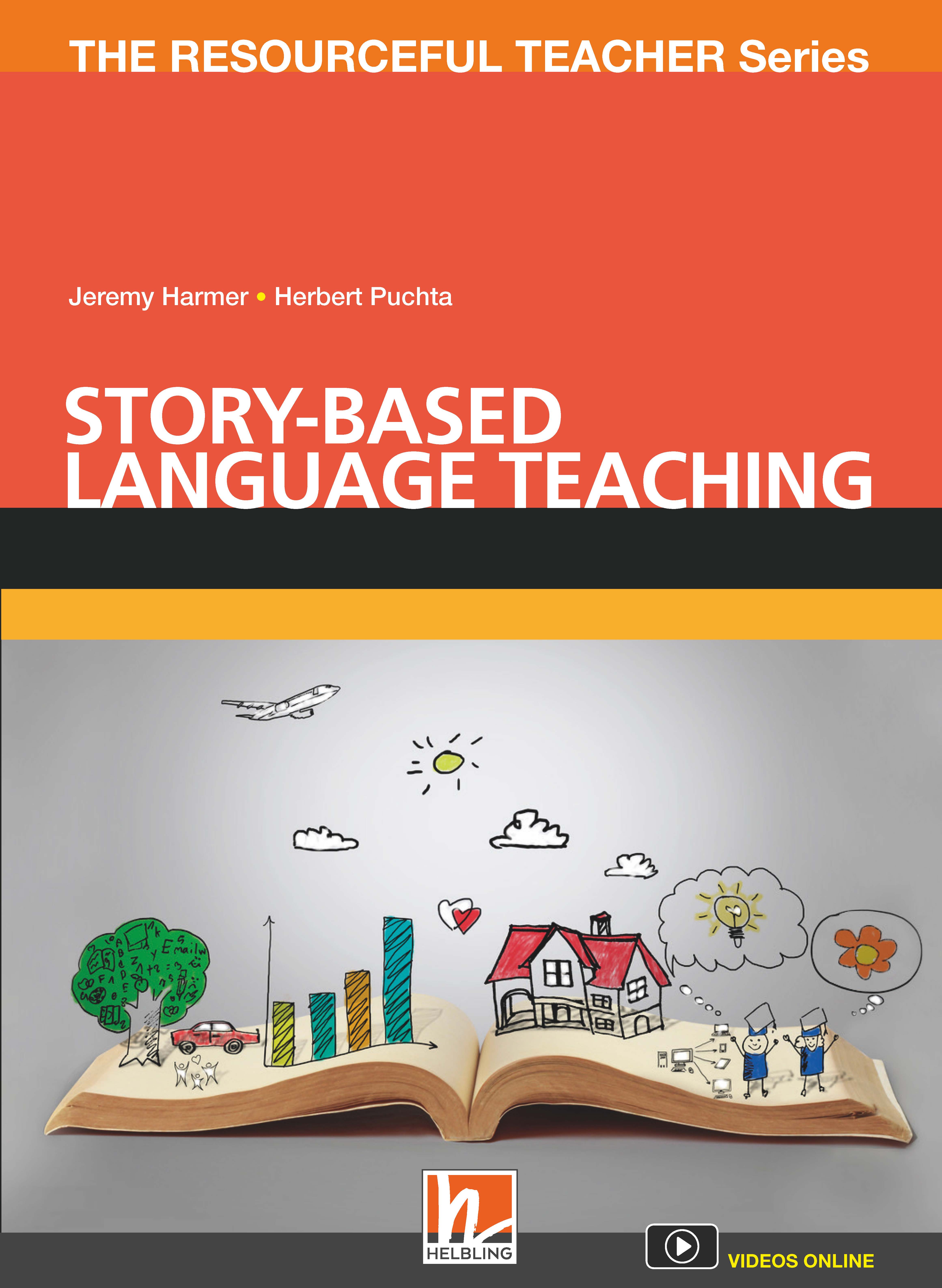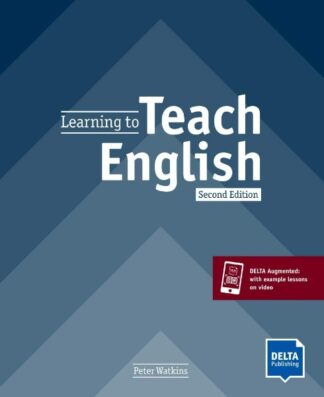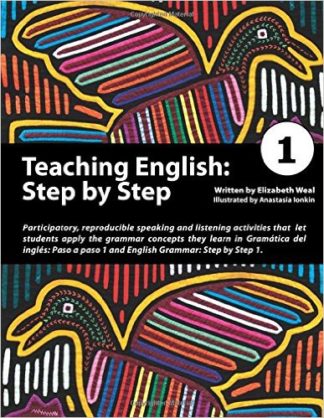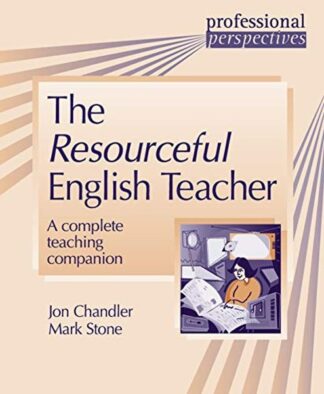Author(s); Jeremy Harmer and Herbert Puchta
Publisher: Helbling
The Resourceful Teacher Series
One of the secrets of teaching a foreign language successfully lies in balancing routine classroom work with innovative and creative activities and techniques. This new series offers teachers, teacher trainers and teacher trainees a discussion of new developments in various areas, such as linguistics, pedagogy and cognitive psychology, and shows them practical ways of using key findings in these areas to enrich their own teaching.
Jeremy Harmer and Herbert Puchta, both writers of award-winning books on ELT, look at the use of stories in language teaching. Starting from an imaginative account of how and why the very first stories may have been created, they look at what storytelling means to us as a species, why it maintains its relevance and appeal to people of all ages, and how it has contributed to our survival, our mental and physical wellbeing and the establishment of our various cultures.
The authors argue convincingly that something so important to people throughout history must have a place in education and an impact on learning. Wishing to move away from the traditional use of stories in the classroom as simply a way of overly teaching vocabulary and grammar, the authors take a more holistic approach, acknowledging and celebrating the role that stories can have in teaching language, but not losing sight of their primary purpose of showing people how to survive, how to deal with difficulties and prepare for situations they have yet to encounter, or their role in entertainment.
This book examines:
- The insights provided by neuroscience on the effect of stories on the brain.
- Traditional and new ways of using stories in English language teaching.
- The ingredients of a good story.
- The way stories can be made useful for language learners.
- How best to find good stories for students for different ages.
- Storytelling techniques and ways to prepare and rehearse.
- Using stories in the classroom, and creating stories for and with the students.
- Digital storytelling.
There are nine original stories included in the book, together with a wealth of ideas about how these could be used in the classroom.
You can also watch these stories being told to students and see interviews with the storytellers online.





